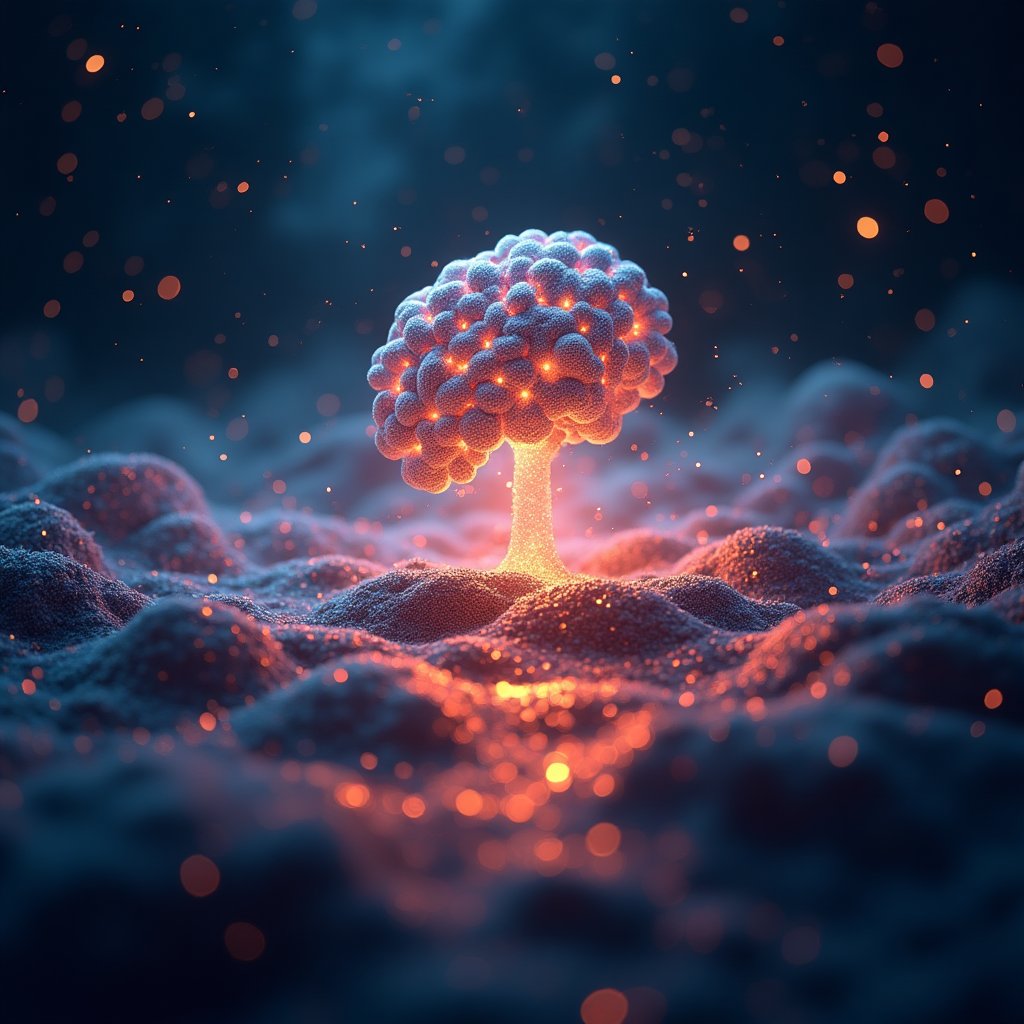In the ever-evolving landscape of artificial intelligence, breakthroughs come and go, each nudging the boundaries of what's possible. But every now and then, a leap forward doesn't just alter the terrain—it reimagines it. One such quantum jump is the emergence of a self-improvement framework named BEAR. If that name conjures up images of a cuddly forest creature, don't be fooled. This BEAR is all about data and learning dynamics, and it's here to shake up the AI world by teaching models to learn with minimal human intervention while finessing itself into becoming the classroom of the future.
The challenge at the heart of AI is an insatiable thirst for data. These sophisticated systems, whether they're mastering complex math problems, churning out reams of code, or grappling with fundamental logic, typically depend on vast repositories of meticulously crafted, human-generated data. However, as tasks grow more intricate, creating these datasets becomes as tedious and costly as manually handwriting every textbook for a university. Enter the realm of self-improvement methods—think of them as perpetual self-study programs for AI—designed to enable models to refine themselves without a tidal wave of human input.
The Concept of Self-Improvement in AI
So, how does AI teach itself? The practice hinges on the feedback loop—a process where an AI model generates responses, cherry-picks the finest among them based on specific criteria, and utilizes these selections to hone its skills. Imagine a self-correcting essay, perpetually refining the clarity and elegance of its prose with every critique. This process, although not entirely new, has been explored through methodologies like "SR" and "RFT," achieving commendable outcomes without the reliance on elephantine data sets.
But every innovation faces hurdles. Previous systems have often hit a plateau after a few cycles of self-training, a point where the performance becomes stagnant no matter the volume of data or computational input. Think of it as hitting a wall in the AI marathon. BEAR, created by a team of ambitious researchers, delved into this phenomenon and discovered two pivotal elements: exploration and exploitation. The symbiosis of these elements is as critical as balancing creativity with criticism in writing a novel.
Exploration vs. Exploitation: The Balancing Act
Breaking down these terms—exploration means the model's propensity to generate a diversity of correct responses, keeping its outcomes rich and varied, akin to maintaining a fresh playlist devoid of repetitive tunes. On the flip side, exploitation is akin to a tastemaker—selecting the cream of the crop responses and refining focus on those. Strike the right chord between these two, and you've got a masterpiece in progress.
This is where BEAR takes center stage, stepping in as a dynamic conductor to orchestrate this balance by dynamically adjusting the governing factors throughout the training process. Unlike its predecessors with fixed, static settings, BEAR fine-tunes elements like sampling temperature and reward thresholds in real-time, ensuring that the model's performance soars to new heights at every juncture.
Dynamic Calibration with BEAR
Sampling temperature, for the uninitiated, modulates the creativity of the model's responses—the lower it is, the more conservative and precise the answers; the higher it is, the more daring and diverse. Meanwhile, reward thresholds dictate how discerning the judging eye is regarding which responses to embrace. It's like a tightrope walk between playing safe with cozy classics or venturing into avant-garde creativity.
The beauty of BEAR is in its adaptability. This framework doesn't just set these parameters in stone but constantly refers to its "balance score" metric—a barometer that evaluates both the volume and quality of responses. If the training seems underwhelmed by lackluster results, BEAR has the autonomy to adjust the course.
Let's peek into BEAR’s training regimen. During its trials with tasks ranging from math problem-solving to common-sense reasoning, BEAR flexed its muscles by aligning the sampling temperature and reward thresholds to optimize the machinery. These tasks were orchestrated using datasets like GSM8K for math, where correctness is as straightforward as flipping a coin—either you nail the answer, or you miss the mark.
The Numbers Speak for BEAR
The results were nothing short of outstanding. BEAR not only outperformed existing self-improvement methodologies across the spectrum but steamrolled over the boundaries traditionally thought as insurmountable. The GSM8K dataset—focusing on mathematical reasoning—saw BEAR achieve an accuracy of 53.8%, leaving the usual contenders far behind.
But perhaps more illuminating is BEAR's sustainability. Most methods fizzle out after several training cycles, but BEAR proves to be the tireless marathoner, constantly improving thanks to its real-time adaptability. Whether starting off with a conservative low 0.5 sampling temperature to enhance accuracy or later exploring broader solutions with higher temperatures, BEAR's adjustments are strategic, not capricious.
The trials also delved into the importance of reward models. For mathematical reasoning, combining final-answer matching with a Process Reward Model (PRM) spotlighted how granular feedback can stave off redundant patterns, allowing the model an exploratory edge without flailing into chaos.
Application and Future of BEAR
The future for BEAR is tantalizingly promising. The scope of its versatility spans across robotics, where adaptability in complex, real-world scenarios is paramount, and artistic domains such as writing and design that demand diversity in creative output. The promise of balancing creativity with precision positions BEAR as a fitting challenger for these domains.
What sets BEAR apart is its transparency, breaking down the complex self-improvement mechanisms into understandable pieces—a far cry from black-box approaches where outcomes were as unpredictable as a coin flip. BEAR’s methodology not only delivers growth but also demystifies why certain techniques flourish while others flounder, offering invaluable insights for researchers and practitioners hungry to expand AI's potential.
The journey ahead is wide open, with the current version of BEAR focusing on dynamic tuning of hyperparameters like temperature and reward thresholds. There's room for enhancements with more advanced decoding techniques and dynamic reward models that could take AI learning to unprecedented altitudes.
To appreciate just how innovative BEAR is, and to delve deeper, check out the original piece by AI Revolution.
Join the AI Conversation
As we stand enraptured by what BEAR could mean for the future, it begs for a discourse. How do you perceive the balance between exploration and exploitation in AI? What possibilities excite or worry you when it comes to self-improving systems? Dive into the comments and join this riveting discussion. Whether you're a tech savant or a curious dreamer, your thoughts are invaluable.
Consider becoming a part of the iNthacity community—a digital metropolis for future-thinkers and tech explorers—whether as a permanent resident or even a citizen of the "Shining City on the Web." Join us today, and like, share, and debate with us! Stay curious and connected.
Wait! There's more...check out our gripping short story that continues the journey: The Blind Diviner
Disclaimer: This article may contain affiliate links. If you click on these links and make a purchase, we may receive a commission at no additional cost to you. Our recommendations and reviews are always independent and objective, aiming to provide you with the best information and resources.
Get Exclusive Stories, Photos, Art & Offers - Subscribe Today!


























Post Comment
You must be logged in to post a comment.